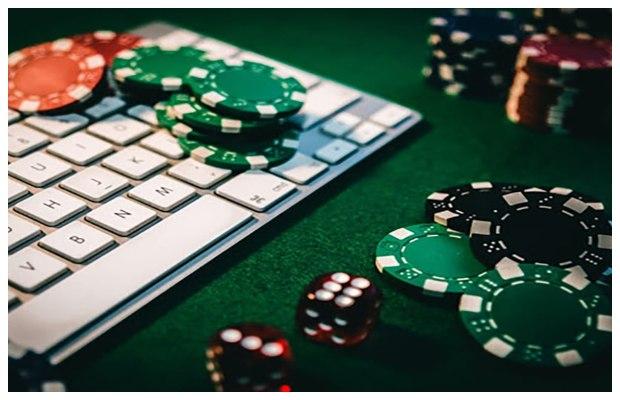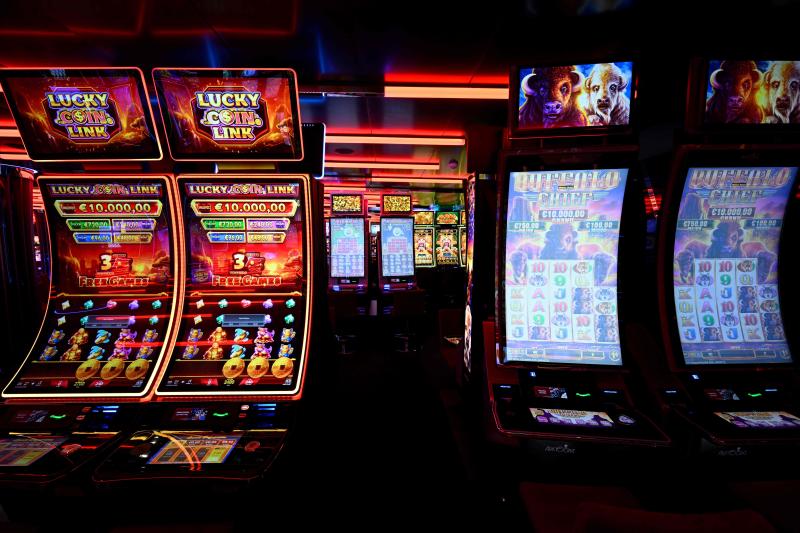One will commonly hear or read the following “rule of thumb” for trading:
Only trade positions with potential profits of at least three times the potential loss.
This sounds like a reasonable rule, risking a little to make a lot. However, it ignores the probabilities involved. Buying a lottery ticket for $1 to potentially make one million dollars certainly meets this criterion for a good trade. But we intuitively know that the odds against us winning are astronomical. This paper will define risk/reward ratios, define the concept of expected value, and begin to explore the relevance of these concepts to success in trading strategies.
Risk/Reward Ratios
If we are considering an investment where the maximum gain we can expect is $100 and the maximum loss that we may incur is $500, we would compute a risk/reward ratio of 500/100 or 5:1 (five to one) . This is a high risk/reward ratio in that we stand to lose a large amount compared to the maximum gain. The trading rule above of “potential profits of three times the potential losses”, would result in a small risk/reward ratio of 1:3.
Expected Value
The probabilities of the various outcomes of a proposed investment are often overlooked. When someone tells you an investment will return 300%, but doesn’t tell you the probability of success, you are missing critical information necessary to make a decision about that investment. When one accounts for the probability of the profitable outcome, one computes the expected value, sometimes called a risk adjusted return on investment.
For example, let’s assume we are considering a covered call on the hypothetical company, XYZ, and the called out return is 4% for XYZ closing over $90. If we were to determine the probability of XYZ closing over $90 is 65%, then we would say that the expected return or risk adjusted return is 2.6% (0.65 x 4%).
We can take this analysis one step further by accounting for the probability of loss. Using the same XYZ covered call, let’s assume we have a stop loss order entered that we believe will take us out of the trade with a 8% maximum loss. Now our expected return has two terms:
Expected Return = (probability of gain) x (maximum gain) – (probability of loss) x (maximum loss),
or,
Expected Return = (0.65)(4) – (0.35)(8) = (2.6) – (2.8) = -0.2%
Therefore, if we were to place this trade many times, our expected return, based on the probabilities of gain or loss, would be a net loss of 0.2%. One could improve this strategy by either improving the probability of success or tightening the stop loss to reduce the maximum loss.
High Probability Trades
Trading strategies can be positioned in a variety of ways resulting in a broad range of risk/reward ratios. One extreme category may be called the high probability trades,
i.e., trades that have probabilities of success of 85-90%. One type of option spread strategy, known as the iron condor, can be positioned in such a way as to have an 85% probability of profit. On the surface, that sounds very attractive. However, the losses for these trades can be quite large, even though their occurrence is unlikely. For example, a typical iron condor might be characterized as having an 85% probability of achieving a 19% return but a 100% loss with a 15% probability of occurrence. The expected return:
Expected Return = (0.85)(19) – (0.15)(100) = 1.2%
Or the calculation can be done with the dollar amounts. The 19% gain could correspond to a $1,600 gain and a maximum loss of $8,400. The expected return is:
Expected Return = (0.85)(1600) – (0.15)(8400) = 1360 – 1260 = $100
Therefore, trading this strategy over time and many trades is going to be close to break even, and probably a loser after trading commissions are included. Let’s consider the opposite style of trading and then draw some conclusions.
Low Probability Trades
Low probability trades are akin to the lottery ticket, i.e., the maximum loss is small, but the probability of success is also extremely small. There is a category of option spread known as “far out of the money vertical spreads”. The basic characteristic of this trade is a small maximum loss, but with a high probability of incurring that loss. An example might be a vertical spread that only cost $130 to establish, but could potentially return $870. Since the maximum loss is $130 with a probability of success of 12.5% and the maximum profit is $870, the potential gain is 669%, so the expected return is:
Expected Return = (0.125)(669) – (0.875)(100) = 83.6 – 87.5 = -3.9%
or,
Expected Return = (0.125)(870) – (0.875)(130) = 109 – 114 = -$5
So, the expected values of this low probability strategy result in small losses over time.
Conclusions
Trading strategies come in all sizes and shapes to suit anyone’s style and risk preferences. But the reality is that none of these strategies have an inherent advantage. Some trading education firms and authors of trading books will often claim that they have found the holy grail of trading and have the “best” trading strategy. Each trading strategy has its own set of advantages and disadvantages. In addition, if each trading strategy was applied in a blind, “put it on and let it run” methodology, the net results would be very similar: near break even or a small loser over time. However, the pattern of the results would be quite different. For the examples above, the high probability trading strategy would have many small positive gains throughout the year, but would be expected to have a small number of large losses that wipe out the gains. Whereas the low probability trading strategy would have a small number of large gains, but those gains would be wiped out by a large number of small losses.

 Penaklukan Kosmik: Petualangan Permainan Slot Terpercaya Space Odyssey
Penaklukan Kosmik: Petualangan Permainan Slot Terpercaya Space Odyssey  Rahasia Jackpot Besar di Slot Aladdin138
Rahasia Jackpot Besar di Slot Aladdin138  Mesin Slot gacor Gampang Menang dan Ilmu Kognitif: Memahami Perilaku Pemain
Mesin Slot gacor Gampang Menang dan Ilmu Kognitif: Memahami Perilaku Pemain  환상적인 카지노커뮤니티 경험을 위한 MU의 초대
환상적인 카지노커뮤니티 경험을 위한 MU의 초대 


